In case of Apocalypse: is there an Earth-like planet where we can survive?
7th Nov 2023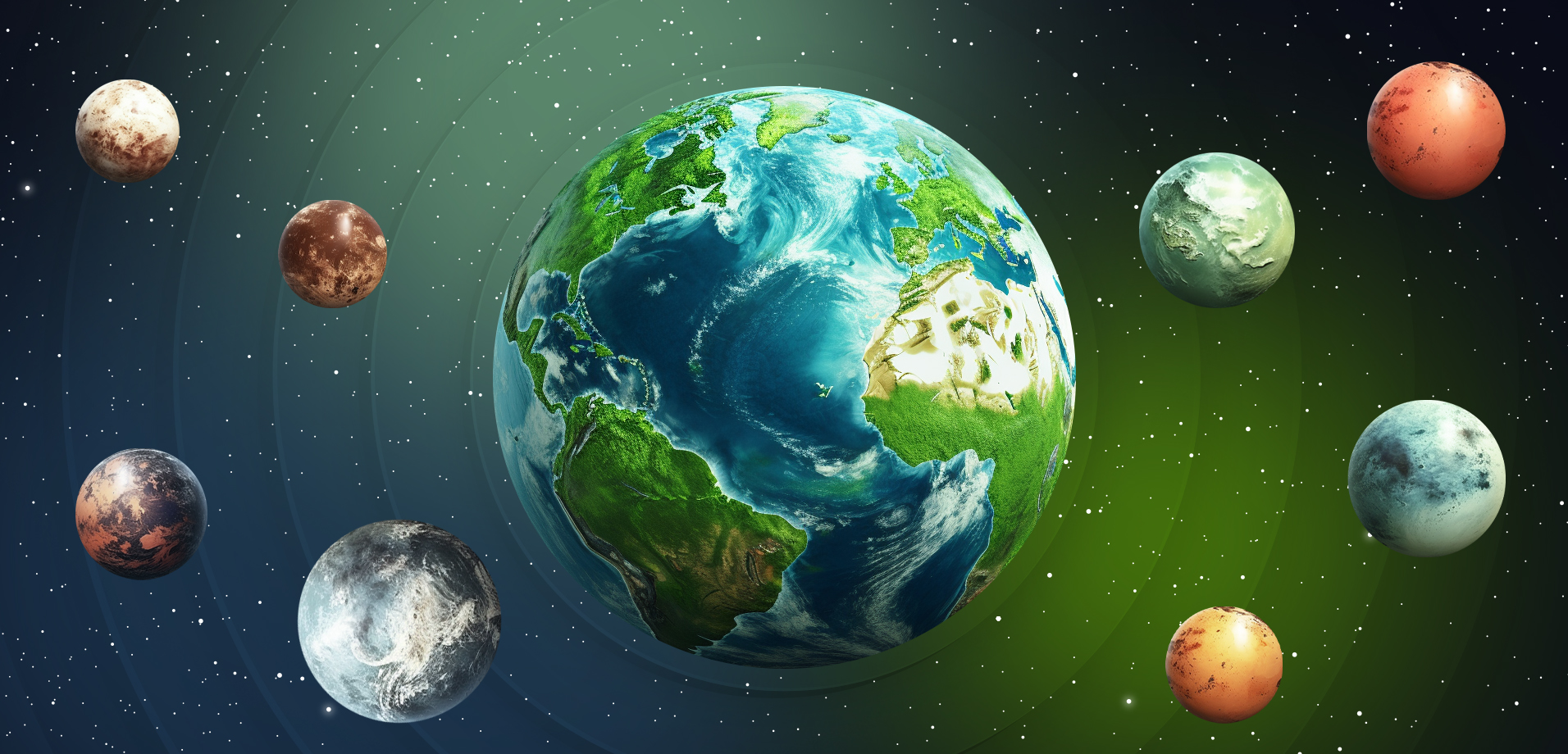
Earth is an ideal place for human life. But how long can it stay that way? Scientists believe that there are Earth-like planets near us where we could survive If Earth is uninhabitable. But is this really the case? Let’s find out what features distinguish planets like Earth from the others, how and how many of them have been discovered so far, and whether any of them could be our second home.
What is an Earth-like planet?
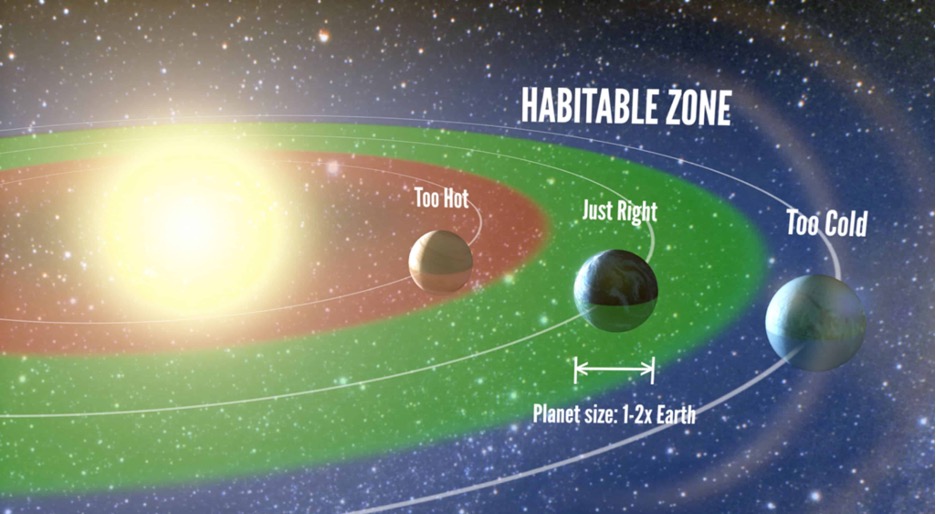
Earth-like planets do not at all guarantee that you will feel there as comfortable as on Earth, breathe the same air and enjoy the beauty of landscapes. They can be cold, lifeless and even deadly. So why then do we call them Earth-like planets? Because, to varying degrees, they have properties that indicate potential habitability.
Terrestrial nature
An Earth-like planet should be terrestrial (from the word terra — Earth), that is, rocky with a solid and not gaseous surface, like Jupiter or Saturn. The surface and interior of an Earth-like planet must contain the elements and compounds necessary for life, including carbon, hydrogen, oxygen, nitrogen, and phosphorus.
Mass similar to Earth’s
An Earth-like planet’s mass should be approximately in the range of 0.5 to 1.6 Earth masses. If the mass is smaller, its gravity may not be enough to preserve the atmosphere, which can lead to its loss or severe rarefaction. A more massive body may have an atmosphere that is too dense and uninhabitable.
Location in the habitat zone
Planets like Earth revolve around their parent star (a G-type main-sequence star) within the habitable zone, also known as the Goldilocks zone. This is the region around the star where conditions are optimal for the existence of liquid water, which is considered a critical factor for the development of life as we know it.
Atmosphere
The atmospheric composition must be stable and must contain the concentration of gases necessary to sustain life: in particular, oxygen, nitrogen, and CO2. The atmospheric pressure should be close to the Earth’s norm: 101.3 kilopascals (kPa) or 1 atm.
Magnetic field
A magnetic field is another must-have for Earth-like planets. Its role is to protect the atmosphere and surface of the planet from the harmful effects of solar and cosmic radiation, as well as to maintain a stable climate. In simple terms, without a magnetic field, the life forms we’re used to can’t exist. The magnetic field deflects the trajectories of radiation and redirects them to the poles, leaving the rest of the Earth’s surface untouched. If the magnetic field disappears, the radiation particles will ionize the whole planet’s surface, including the atmosphere and living organisms. Eventually, the radiation will kill all kinds of living things, with the probable exception of bacteria and primitive forms.
The magnetic field is formed by the movement of molten metallic materials within the planetary core. Its characteristics, such as strength and shape, depend on various factors, including the mass of the planet and the composition of the core.
Temperature
The surface temperature should be within a suitable range that allows for the existence of liquid water and maintains a habitable climate. The average temperature on Earth is 7 degrees Celsius, so the closer the temperature of an Earth-like planet to this value is, the better.
Stable orbit
To become one of the planets like Earth, candidates must have a stable orbit so that changes in climate and temperature are minimal. It is also an important parameter for ensuring stable time intervals and seasons, which contribute to the creation of favourable conditions for evolution and life development.
Is there a planet that has life like Earth?
No. To date, the Earth is the only known place that certainly meets all the criteria for life. The second exact copy does not exist or has not been found yet.
There are Earth-like planets in the solar system — Mercury, Venus, and Mars, but the first two are too hot to be habitable, whereas on the red planet, we will have to work very hard to survive since its atmosphere is devoid of oxygen, there is no liquid water, and, in general, conditions are quite extreme. Mars is definitely the next place we will colonise, but scientists continue to look for Earth-like planets, or exoplanets, outside of our solar system and are succeeding.
How many Earth-like planets are there in the Universe?
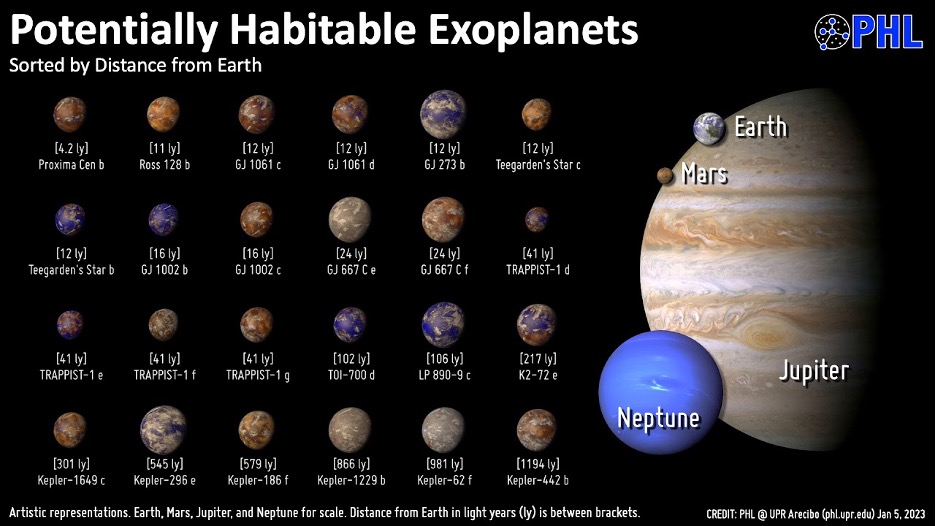
Scientists estimate that there are at least 100 billion exoplanets in the Milky Way galaxy alone, of which between 5 and 20 billion are possibly “Earth-like.” Considering that we can see no more than 5% of the entire Universe (the rest is dark matter, which cannot be studied even with the help of the most modern technologies), the number of Earth-like planets in the Universe is impossible to count.
As of late June 2023, the existence of 5413 exoplanets in 3992 planetary systems has been reliably confirmed, of which 866 have more than one planet. The list of exoplanets is sorted by the Earth similarity index, developed by the Planetary Habitability Laboratory at the University of Puerto Rico at Arecibo. As of August 2023, there are 63 confirmed exoplanets in the catalogue of habitable exoplanets.
The list of the most Earth-like planets
While scientists continue to search for Earth 2.0, here’s a look at the top 10 exoplanets that most like Earth in our immediate vicinity (within 50 light years).
| Name | Type | Mass (ME) | Radius (RE) | Period (days) | Distance (ly) | ESI |
| 1. Teegarden’s Star b | M-Warm Terran | ≥ 1.05 | ~ 1.02 | 4.9 | 12 | 0.95 |
| 2. TRAPPIST-1 d | M-Warm Subterran | 0.39 | 0.78 | 4.0 | 41 | 0.91 |
| 3. Proxima Cen b | M-Warm Terran | ≥ 1.27 | ~ 1.08 | 11.2 | 4.2 | 0.87 |
| 4. GJ 1002 b | M-Warm Terran | ≥ 1.08 | ~ 1.03 | 10.3 | 16 | 0.86 |
| 5. GJ 1061 d | M-Warm Terran | ≥ 1.64 | ~ 1.15 | 13.0 | 12 | 0.86 |
| 6. GJ 1061 c | M-Warm Terran | ≥ 1.74 | ~ 1.18 | 6.7 | 12 | 0.86 |
| 7. Ross 128 b | M-Warm Terran | ≥ 1.40 | ~ 1.11 | 9.9 | 11 | 0.86 |
| 8. GJ 273 b | M-Warm Terran | ≥ 2.89 | ~ 1.51 | 18.6 | 12 | 0.85 |
| 9. TRAPPIST-1 e | M-Warm Terran | 0.69 | 0.92 | 6.1 | 41 | 0.85 |
| 10. Wolf 1061 c | M-Warm Superterran | ≥ 3.41 | ~ 1.66 | 17.9 | 14 | 0.80 |
Tables Legend
- Name — Name of the planet. This links to the data of the planet at the NASA Exoplanet Archive.
- Type — PHL’s classification of planets that includes host star spectral type (F, G, K, M), habitable zone location (hot, warm, cold), and size (miniterran, subterranean, terran, superterran, jovian, neptunian)
- Mass — Mass of the planet in Earth masses (Earth = 1.0 ME).
- Radius — Radius of the planet in Earth radii (Earth = 1.0 RE).
- Period — Orbital period in days (Earth = 365 days).
- Distance — Distance from Earth in light-years (ly).
- ESI — Earth Similarity Index, a measure of similarity to Earth’s stellar flux, and mass or radius (Earth = 1.0). Planets more similar to Earth are not necessarily more habitable.
Are there Earth-like planets with rings?
Although it is theoretically possible that Earth-like planets have rings, such exoplanets have not yet been discovered or confirmed. Most of our knowledge about planetary rings comes from within our own solar system, particularly from studying the rings of gas giants like Saturn or Jupiter. This knowledge suggests that an Earth-like planet in the habitable zone of its star is very unlikely to have rings. The gas giants, which are much larger than the terrestrial planets, have rings due to the presence of numerous small satellites and the abundance of matter in their atmospheres. The Earth-like, terrestrial planets, on the other hand, are usually much smaller in diameter and mass, so it is much more difficult for them to preserve rings.
Theoretically, if a planet in the habitable zone has a small satellite that breaks up, its debris could form a ring around the planet’s equator. However, such a ring would most likely be short-lived, with fragments eventually either recombining and forming a new moon or falling into the atmosphere and burning up on descent.
Which planet search technique is currently best suited to finding Earth-like planets?
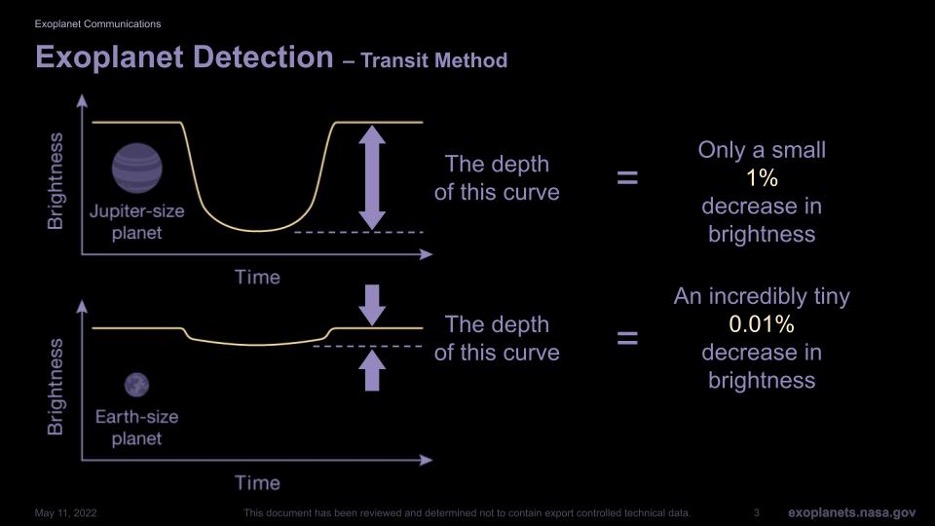
Transit Photometry is considered one of the most efficient methods for finding planets like Earth. It is based on measuring the change in the luminosity of a star when an exoplanet crosses its disk (transit). Here is why this method is considered the most appropriate:
Sensitivity to minor planets
The method of transit photometry can detect even small planets, including Earth-like ones, since the change in the luminosity of a star during their transit does not depend on the celestial body’s mass.
Size and composition determination
From the analysis of transit curves (graphs of luminosity changes), researchers can determine the size of a celestial body and even make preliminary estimates of its atmospheric composition.
Search in the habitable zone
Transit photometry has been successfully used to detect planets in the habitable zone of their stars, where conditions may be suitable for liquid water and, possibly, life.
Space mission efficiency
Space missions, such as the Kepler mission and NASA’s TESS (Transiting Exoplanet Survey Satellite), actively use transit photometry and have already achieved significant success in detecting many exoplanets, including Earth-like ones.
Other planet search techniques used by scientists
It should be noted that, despite its effectiveness, the transit photometry method has its limitations. It requires the planet’s orbit to be aligned so that it intersects the disk of its star, which limits the number of objects that can be found. Therefore, other Earth-like planet search techniques come to the scientist’s aid, which are, however, also not universal.
Doppler Spectroscopy (radial velocity)
This method is based on the observation of a Doppler shift in the spectrum of a star caused by its microscopic fluctuations under the influence of the gravitational influence of an orbiting planet. The radial velocity method can measure the mass of a planet and determine its orbit, but it is more effective for detecting large planets than Earth-like ones.
Direct Imaging
This method involves photographing the exoplanet directly. The problem is that the star’s luminosity can be too bright, making it difficult to observe faint light reflections from the planet. Direct imaging is most effective for detecting large planets located far from their star.
Microlensing
Microlensing is based on the effect of gravitational lensing when a massive object (such as a star) amplifies the light of a background star. This method allows to detect exoplanets of various sizes and is not limited to the plane of the planet’s orbit. However, it is less suitable for finding planets in stable orbits around their stars.
Astrometry
Astrometry measures the small positional shifts of stars caused by the gravitational pull of orbiting planets. It can be used to detect Earth-like planets, especially those with long orbital periods. However, this method is often more efficient for detecting massive planets.
Pulsar timing
This method involves measuring the exact time of pulse’s arrival from a pulsar. If a planet is in orbit around a pulsar, its gravity can cause microscopic changes in the arrival times of the pulses. The pulsar timing method can be used to detect small planets, including Earth-like planets.
Final thoughts
So, Earth-like planets near us are plentiful, but so far, we have little data to state that they are habitable. To survive, we need liquid water and oxygen, normal atmospheric pressure, and temperature, and even if we suddenly find all this on one of the Earth-like exoplanets, how will we get there through tens of light years? This question still remains unanswered.
Sources:
- https://phl.upr.edu/projects/earth-similarity-index-esi
- https://exoplanets.nasa.gov/alien-worlds/ways-to-find-a-planet/
- https://phl.upr.edu/projects/habitable-exoplanets-catalog
- https://genex.space/pages/methods-used-to-detect-exoplanets/
- https://www.space.com/20941-alien-planet-detection-techniques-countdown.html
- https://en.wikipedia.org/wiki/Earth_analog


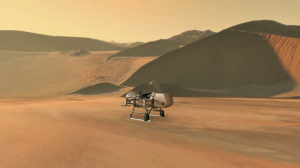



Thank you for your comment! It will be visible on the site after moderation.